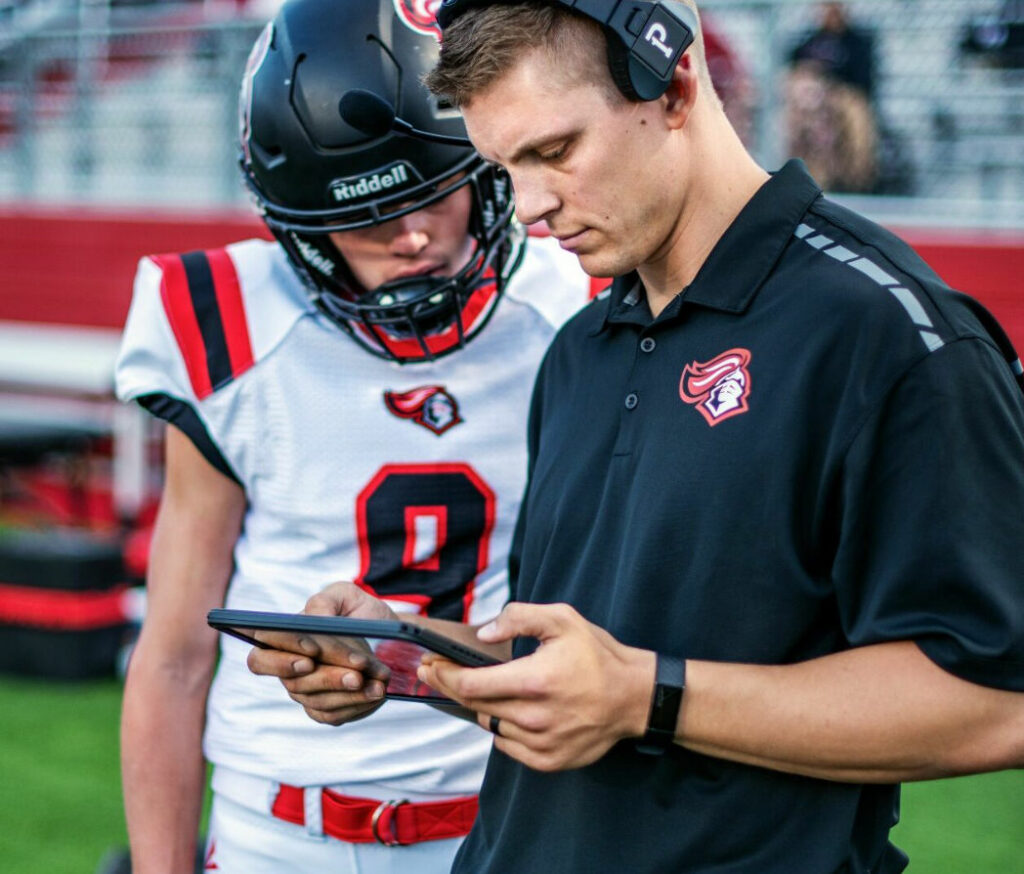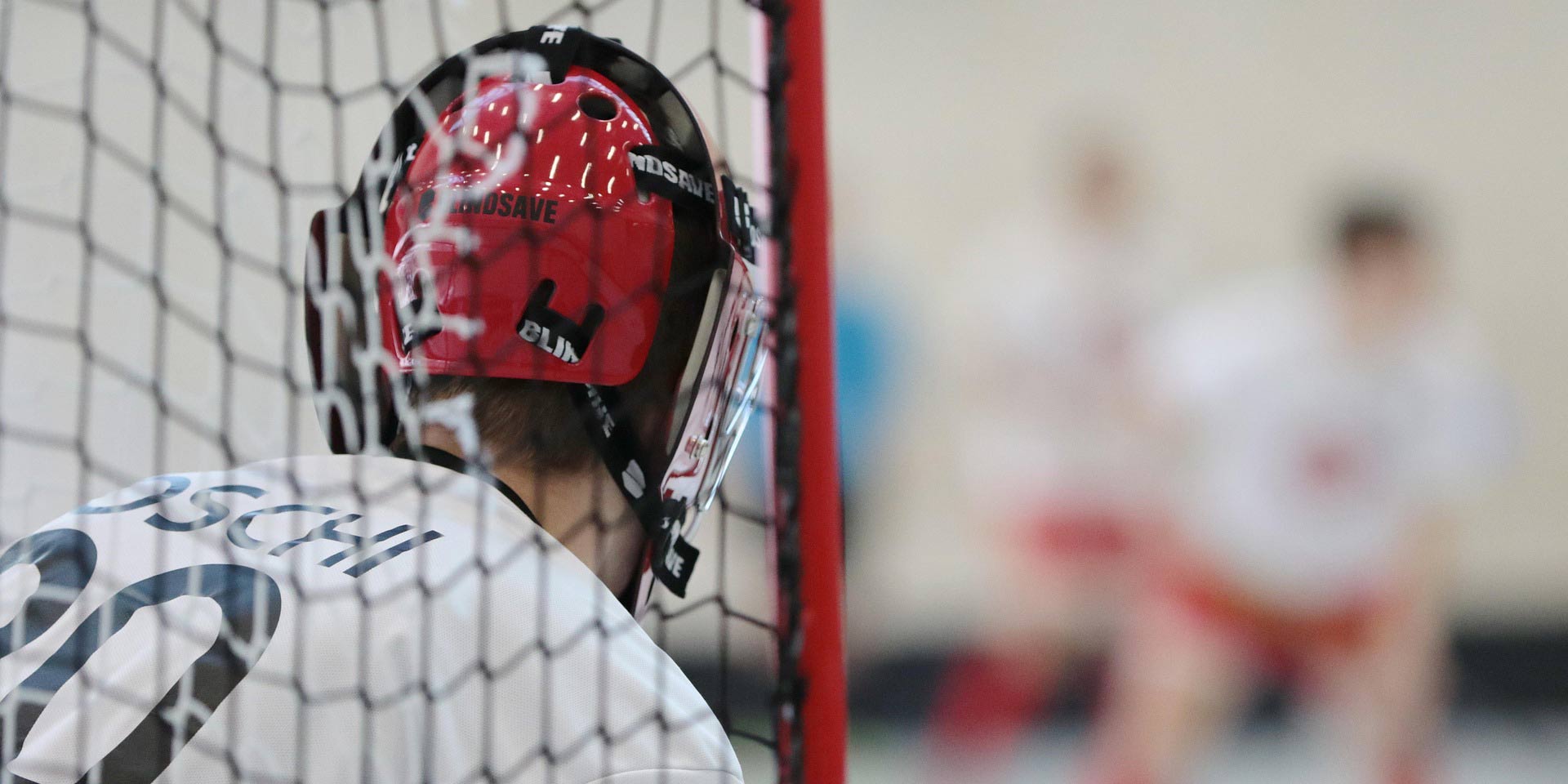In the world of sports, safety should always come first. Whether it’s an amateur league or a professional sports team, ensuring the health and well-being of athletes is crucial. Sports team safety isn’t just about preventing injuries—it’s about creating an environment where players can thrive, feel supported, and compete at their best. In this blog, we’ll explore why sports team safety matters and offer some best practices for coaches, parents, and athletes alike to help minimize risks.
The Importance of Sports Team Safety
Injuries are an inevitable part of sports, but many can be prevented with the right precautions. From minor sprains to more severe conditions like concussions or fractures, athletes face physical risks every time they step onto the field, court, or track. By prioritizing sports team safety, teams and organizations can create safer environments, reduce injury rates, and enhance performance.

Best Practices for Coaches to Ensure Sports Team Safety
Coaches play a critical role in safeguarding the health of their athletes. Here are some practical tips for coaches to implement in their training sessions:
1. Conduct Safety Drills
Safety drills should be part of every practice session. These drills teach players how to fall safely, protect their bodies, and avoid unnecessary collisions. Educating athletes on how to move and react safely on the field reduces the likelihood of accidents and injuries.
2. Monitor Proper Technique
Improper form is often the root cause of many injuries. Whether it’s in football, soccer, basketball, or any other sport, coaches should emphasize the importance of proper technique during training. This includes everything from how athletes stretch, to how they handle equipment, and even how they position their bodies during plays.
3. Regular Equipment Checks
Make sure all sports gear is in good condition. Helmets, pads, mouthguards, and shoes should be inspected regularly for wear and tear. Defective or ill-fitting equipment can lead to injuries, and it’s the coach’s responsibility to ensure that athletes have the proper gear before each game or practice.
4. Encourage Hydration and Rest
Dehydration and fatigue increase the risk of injury. Coaches should encourage athletes to stay hydrated, take regular breaks, and get enough rest between training sessions. Fatigue can impair decision-making and coordination, leading to accidents.
Sports Team Safety: The Role of Parents
Parents are key partners in promoting sports team safety, especially for younger athletes. Here’s how they can support their child’s safety in sports:
1. Ensure Proper Physical Condition
Parents should ensure that their children are physically prepared for the demands of their sport. This includes encouraging them to do warm-up exercises, strengthening their muscles, and maintaining good flexibility. A physically prepared athlete is less likely to suffer from injuries.
2. Be Proactive About Concussions
Concussions are a serious concern in many sports, particularly in contact sports like football and hockey. Parents should educate themselves on concussion symptoms and ensure their child is removed from play if there’s any suspicion of a head injury. Never allow an athlete to return to play without clearance from a healthcare professional.
3. Communicate with Coaches
Parents should have open lines of communication with the coaching staff. This allows for shared concerns regarding an athlete’s safety and well-being. If there are any issues with the team’s safety protocols or if the child has a pre-existing injury, parents should notify coaches promptly.
Athlete’s Role in Ensuring Personal Safety
Athletes themselves must take responsibility for their own safety. By adopting good habits and staying aware of their bodies, athletes can significantly reduce their risk of injury:
1. Listen to Your Body
One of the best ways to avoid serious injuries is to listen to your body. If an athlete feels pain or discomfort during practice or a game, they should communicate it immediately to the coach or trainer. Pushing through pain can turn minor injuries into serious, long-term issues.
2. Follow Safety Protocols
Athletes should always wear the necessary protective gear and follow any safety guidelines set by their coach or the league. Adhering to safety protocols isn’t just about avoiding injury; it also sets a positive example for others on the team.
3. Avoid Risky Behavior
While sports are meant to be competitive and fun, risky or reckless behavior can lead to serious injuries. Athletes should focus on playing safely, avoid unnecessary aggressive moves, and be mindful of their teammates’ safety, especially in contact sports.
Need Help Monitoring Sports Team Safety?
The SMARTHEADSYSTEM™ is an advanced bio-sensing technology embedded within the structure of a helmet. By using a combination of sensors, this system monitors key biological markers of the wearer, including heart rate, body temperature, stress levels, and even brain activity. The information gathered through these sensors is processed in real-time, providing immediate feedback on the wearer’s physical state.
What makes SMARTHEADSYSTEM™ so groundbreaking is its ability to offer a more personalized safety experience. Rather than just protecting the wearer from external impact, it also anticipates potential health risks that could compromise the person’s ability to respond effectively to dangerous situations.
Promoting Mental Well-being in Sports Team Safety
While physical safety is a priority, mental health is equally important for athletes. A positive mental outlook can help players perform better, recover from injuries faster, and reduce stress. Coaches and parents should create an environment where athletes feel supported mentally as well as physically. Encouraging open discussions about stress, anxiety, and pressure can prevent psychological issues from affecting athletic performance and well-being.
Conclusion: Creating a Culture of Safety in Sports
Sports team safety involves more than just injury prevention. It’s about fostering an environment where athletes feel secure, supported, and empowered to reach their full potential. Whether you’re a coach, a parent, or an athlete, taking a proactive approach to safety can make all the difference in protecting the health and success of your team.
By following these best practices for sports team safety, we can ensure that every game is played not only with passion and intensity but also with the care and attention needed to protect the athletes who make it all possible. Let’s work together to make safety a priority on every field, court, and track!

